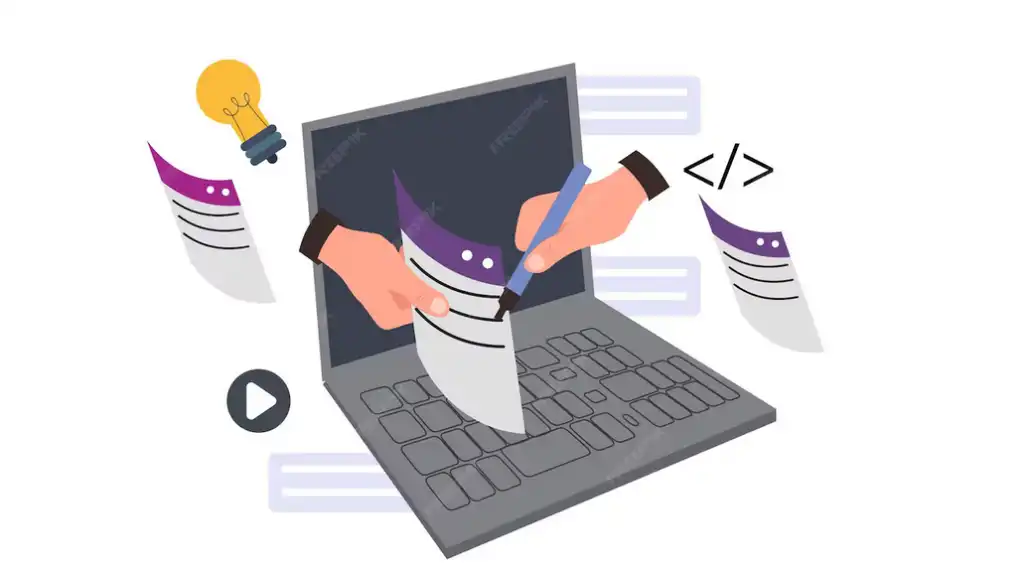A company specialized in developing Android applications
Defining the Idea and Goal: The app development process begins with defining a clear idea and goal. You should have a clear vision of what you want to achieve through the app and how it will meet the needs of users. This includes defining the core functionality of the app and how it will add value to users.
Conducting market research and analysis: Market research is vital to understanding user needs and analyzing the competition. This includes researching competing apps, identifying their strengths and weaknesses, and understanding the gaps that you can exploit. This research helps determine the features that your app should include to differentiate it from others.
App planning: Drawing a detailed outline of the app’s design and core functionality helps organize the development process. This includes creating wireframes, designing the user experience (UX), and defining the user flow within the app. This outline acts as a roadmap and ensures that all stakeholders agree on a single vision for the app.
Choosing a programming language and environment: Choose the appropriate language and environment for app development based on performance and integration requirements. These choices should be in line with the technical features you want to include in the app, such as high performance, data integration, and interaction with external services.
User Interface (UI) Design: Designing an attractive and user-friendly user interface is a key element in the success of an app. The interface should be simple, consistent, and visually appealing to facilitate interaction with the app. Use colors and designs that enhance the user experience and make them feel comfortable while using the app.
Building screens and functionality: After designing the UI, the design is applied, different screens are built, and the required functionality is added. This includes back-end programming, interacting with the UI, and ensuring that all features work properly and are integrated.
Adding interaction with the database: If the app needs to manage user data or other information, then integrating the app with the database is essential. This includes designing the database, creating queries, and ensuring that the data is properly managed and protected.
Application Testing: Conducting comprehensive tests to ensure that the app is working properly and bug-free is a crucial step. This includes performance testing, security testing, usability testing, and ensuring that all functionality works as expected across multiple devices and platforms.
Performance Optimization and Bug Fixing: After running the tests, you may need to optimize the performance of the app and fix any bugs that have been discovered. This includes improving loading speed, reducing resource consumption, and ensuring the stability of the application in all conditions.
Publishing the application: Publishing the application on the digital store requires following specific guidelines and ensuring that the application complies with the store’s requirements. This includes preparing the application information, such as description, screenshots, and promotional videos, and ensuring that all specifications are in line with the store’s policies.
Promoting the application: Marketing the application to increase the number of users requires multiple strategies such as advertising campaigns, using social media, and content marketing. Your strategies should include effective ways to attract the target audience and increase awareness of the application.
Adjusting the application’s security: Enhancing security and protecting users’ data is essential to building trust with users and ensuring the integrity of information. This includes implementing encryption technologies, ensuring network security, and regular security updates to protect against new threats.
Improving the user experience: Improving the user experience by collecting feedback and implementing continuous improvements. This includes improvements based on user feedback, introducing new features, and simplifying the interaction with the application.
Integrating web services: If the application requires interaction with external services, such as APIs or cloud services, integrating these services is an important step. This allows the app to benefit from additional features and provide enhanced functionality to users.
Regular updates: Providing regular updates to improve the app and ensure that it continues to meet user needs. Updates include bug fixes, performance improvements, and adding new features based on user feedback.
Interacting with the developer community: Sharing experiences and ideas with the developer community can provide useful insights and enhance the development of the app. Participating in forums, groups, and conferences can help exchange knowledge and learn from the experiences of others.
Adding analytics: Using analytics tools to collect data about user behavior within the app. This data helps in understanding how the app is used, identifying strengths and weaknesses, and making informed decisions to improve the user experience.
Communicating with users: Listening to and interacting with user feedback enhances the level of service and increases their satisfaction. This includes responding to their inquiries, addressing their complaints, and providing effective technical support.
Monitoring app performance: Regularly analyzing the app’s performance using analytics tools to identify any potential issues or opportunities for improvement. This includes monitoring key performance indicators, such as conversion rates, user retention rate, and customer satisfaction.
Compliance with publishing requirements: Ensure that the application complies with the publishing requirements of digital stores, such as Google Play and the App Store. This requires a careful review of the guidelines and policies of each store and ensuring that the application meets all the necessary requirements.
To achieve success in developing your Android application, you can use an Android application development company or an experienced and professional Android application development company. These companies provide the necessary support and guidance to ensure that each stage of the development process is implemented effectively and professionally, which contributes to the success of the application and achieving its goals in the competitive market.

By developing your application regularly, you can achieve success and attract more users. Continuously improving the application and paying attention to its development based on the feedback and comments you receive from users play a fundamental role in raising the quality of the application and enhancing the user experience.
Listening to user feedback not only helps identify problems and improve performance, but can also reveal new opportunities to add new features that are in line with their needs and expectations. This process makes the application more convenient and attractive, which enhances user satisfaction and increases their loyalty.
An Android application development company can be a vital partner in this field, as it provides the necessary technical and technical support to ensure the continuity of improvement and effective development of the application. By cooperating with a specialized company, you can benefit from its expertise in the field of programming, design and applying best practices, which contributes to ensuring the success of your application in the competitive market and attracting a wide base of users.
In short, paying attention to developing the application periodically and benefiting from specialized support enhances your chances of success in attracting users and achieving your goals in the application market.

















